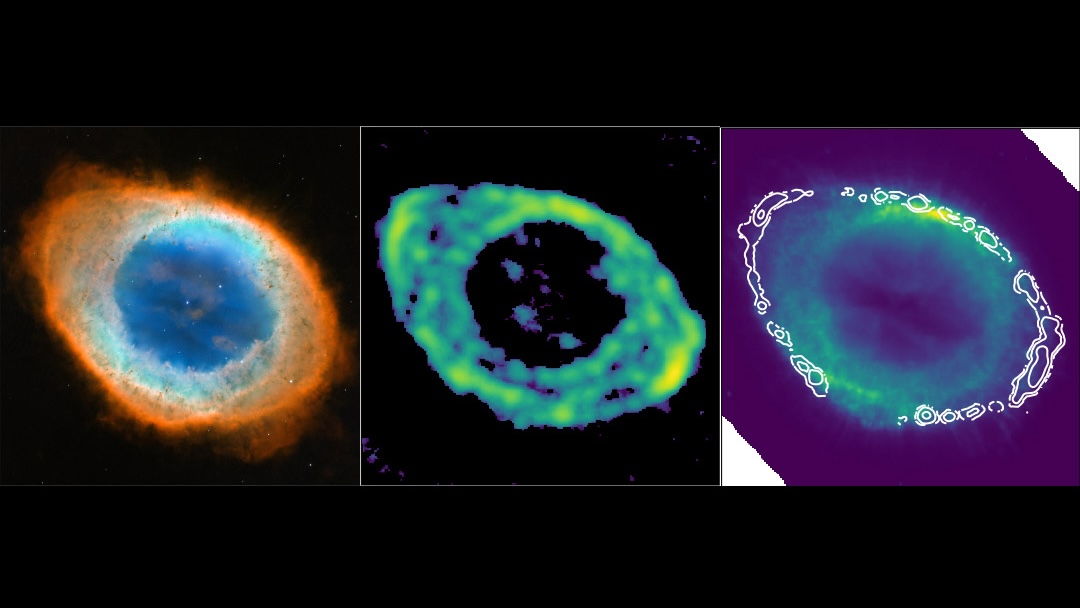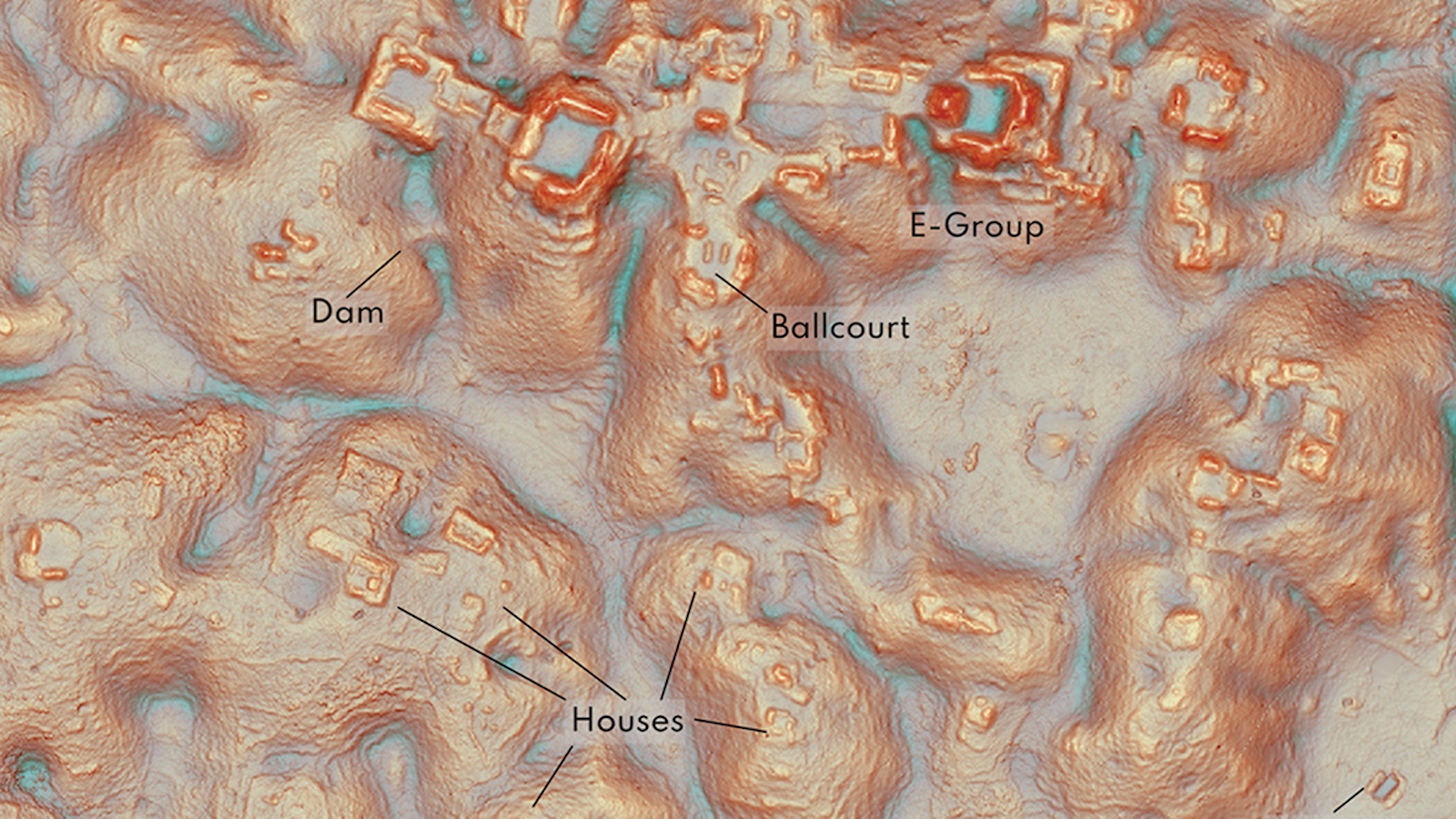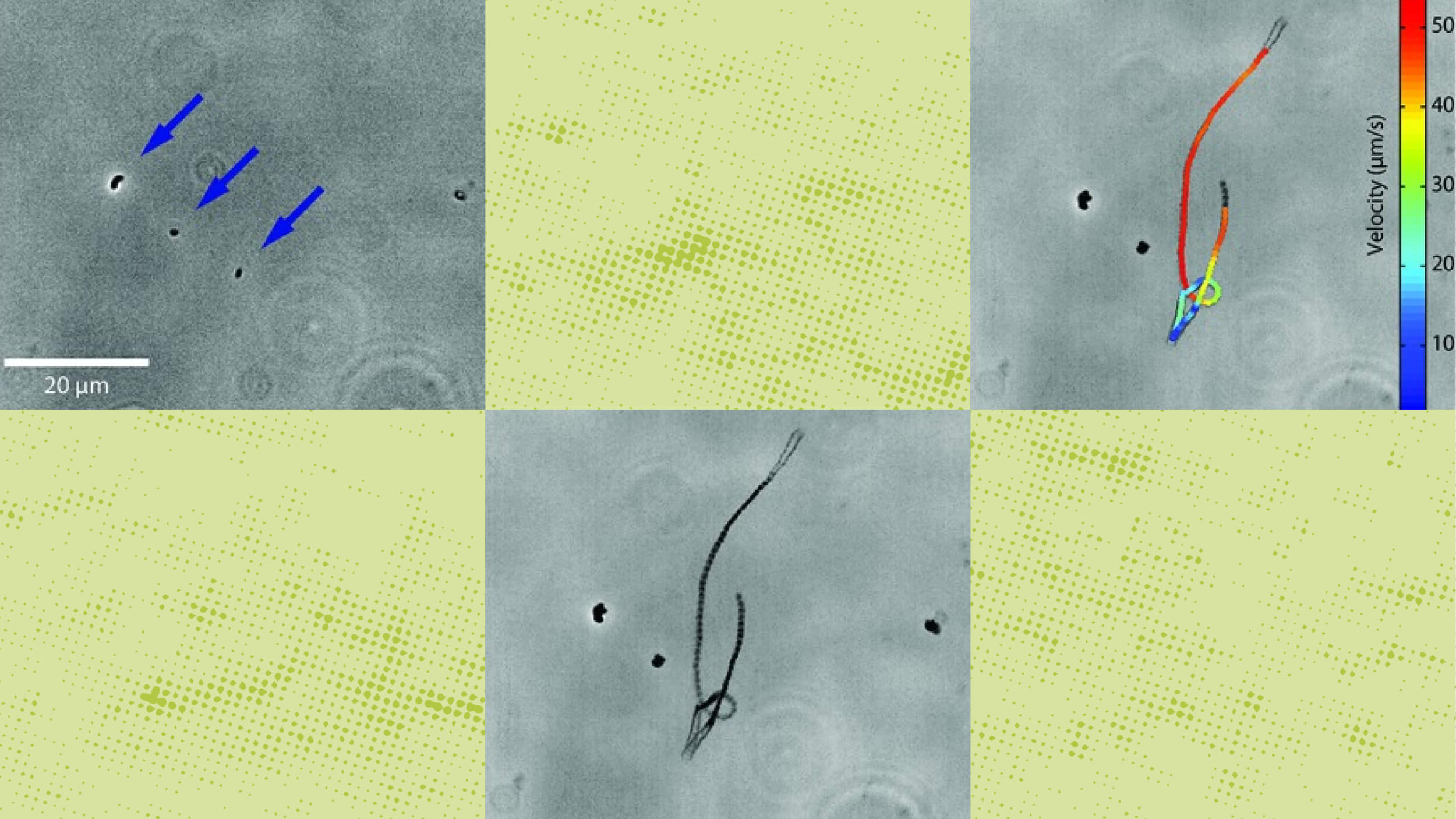Conflict Photographer Lynsey Addario on Art, Love, and War
- a story of survival that leaves our host speechless
- and a story of casual cruelty that will leave you shaking your head in disbelief

Think about all the images you see in a day. The advertisements. The photos and videos as you search the web or scroll through social media, if you do that. Now think back a century and a half or so to when photography was new. Imagine the first time a British monarch saw a picture of an Inuit family, or vice versa. What did they make of each other? What did it remake in themselves?
My guest today, photographer Lynsey Addario, has spent over two decades traveling the world taking intimate and dramatic portraits, often of lives in crisis—the perpetrators and victims of tyranny, revolution, famine, and rape. Her work spans over 70 countries and has won her a MacArthur Fellowship and a Pulitzer Prize, but has never been gathered into a book until now. Of Love and War gives her most compelling photos the space they deserve, along with essays, interview excerpts, and letters she wrote home to process the things she was witnessing.
Lynsey’s pictures offer people like myself, living out our lives in privileged circumstances, a window into the beauty, suffering, and everyday humanity of our contemporaries across the world. And like it or not, ready or not, when you stop scrolling long enough look into one of these images, it looks back into you.
Surprise conversation starter interview clips in this episode:
Bruce Feiler on happy families





